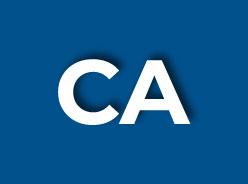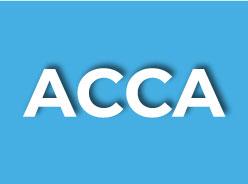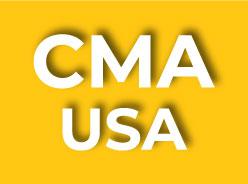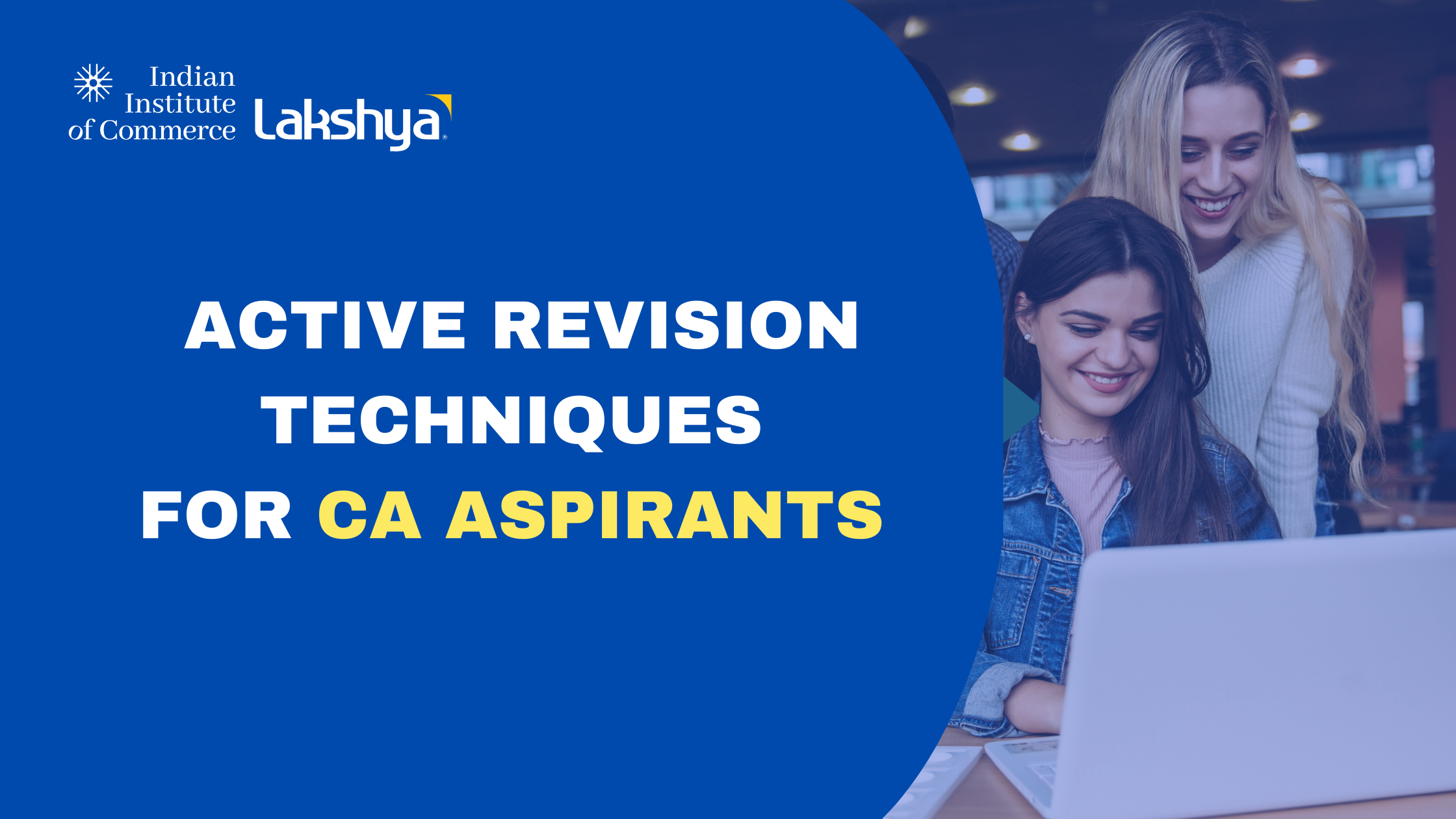ACTIVE REVISION TECHNIQUES FOR CA ASPIRANTS
As a Chartered Accountancy (CA) aspirant, you are well aware of the hard work and dedication required to pass this prestigious and challenging examination. You know that success in the CA exams requires a thorough understanding of the syllabus, a robust study plan, and consistent practice. However, simply reading through your study materials, attending classes, and solving problems are not enough. You need to revise actively and effectively to retain the information you have learned and perform well in the exams.
Active revision is a powerful tool that can help you retain more information, understand complex concepts better, and ultimately, improve your exam performance. In this blog, we will explore various active revision techniques that CA aspirants can use to enhance their learning and recall abilities. From flashcards and mnemonics to summarization and self-testing, we will cover a range of methods that can help you revise smarter, not harder. Whether you are just starting your CA journey or preparing for your final exams, the information and tips provided in this blog will give you the tools you need to take your revision to the next level.
Here are some effective active revision techniques that can help you achieve your CA goals:
Flashcards: Flashcards are a simple but powerful active revision technique that can help CA aspirants reinforce their learning and improve their exam performance, create flashcards for key terms, formulas, and concepts to reinforce your learning and test your recall abilities.
Here's how flashcards can be used as a revision technique:
- Key Terms: Write key terms and definitions on flashcards and use them to test your recall abilities. This will help you memorize the terms and definitions and reinforce your understanding of the material.
- Formulas: Write formulas and equations on flashcards and practice solving problems using them. This will help you understand the concepts better and improve your problem-solving skills.
- Concepts: Write key concepts and theories on flashcards and use them to summarize the material in your own words. This will help you understand the material better and retain it for longer periods.
- Quizzes: Use flashcards to create quizzes for yourself, testing your understanding of the material and identifying areas that need improvement.
- Study on the go: Carry your flashcards with you wherever you go and use them to review the material whenever you have a few spare minutes. This will help you stay on top of your studies and make the most of your time.
Remember, the more you use your flashcards, the more effective they will be in reinforcing your learning and improving your exam performance. Make flashcards a regular part of your revision routine and watch your knowledge and confidence grow.
Mnemonics: Mnemonics are a useful active revision technique that can help CA aspirants retain complex or abstract information and perform better in exams. Use mnemonics to remember complex or abstract information. For example, you can use the first letters of key terms to form a word or phrase that is easier to remember. Here's how mnemonics can be used as a revision technique:
- Key Terms: Use mnemonics to remember key terms and definitions, making the information easier to recall. For example, the mnemonic "HOMES" can be used to remember the Great Lakes (Huron, Ontario, Michigan, Erie, and Superior).
- Formulas: Use mnemonics to remember complex formulas and equations. For example, "Please Excuse My Dear Aunt Sally" can be used to remember the order of operations in mathematics (Parentheses, Exponents, Multiplication, Division, Addition, and Subtraction).
- Concepts: Use mnemonics to remember abstract concepts and theories, making the information easier to recall and understand.
- Acronyms: Use acronyms to remember lists or sequences of information. For example, "Roy G. Biv" can be used to remember the colours of the rainbow (Red, Orange, Yellow, Green, Blue, Indigo, and Violet).
- Visual aids: Combine mnemonics with visual aids such as images or diagrams to help you remember the information. This can make the information more memorable and easier to recall.
Mnemonics can be a fun and effective way to reinforce your learning and improve your exam performance. Try using mnemonics as part of your revision routine and see how they can help you retain complex information and achieve your CA goals.
Summarization: Summarization is an active revision technique that can help CA aspirants understand and retain the information they have learned, improving their exam performance. Summarize the information you have learned in your own words, either in writing or verbally, to ensure that you understand the material and can recall it more easily.Here's how summarization can be used as a revision technique:
- Notes: Summarize the material you have learned in your own words, either in writing or verbally. This will help you understand the material better and retain it for longer periods.
- Outlines: Create outlines of the material you have learned, including the key terms, concepts, and theories. This will help you see the relationships between different pieces of information and understand the material more fully.
- Mind Maps: Create mind maps to summarise the material and show the relationships between concepts and theories. This will help you visualize the information and retain it more easily.
- Group Discussions: Discuss the material with other CA aspirants and summarize the key points of each topic. This will help you understand the material better, reinforce your learning, and identify areas that need improvement.
- Review Sessions: At the end of each study session, review the material and summarize the key points in your own words. This will help you retain the information for longer periods and prepare for the exams.
Remember, summarization is not just about writing down a summary of the information you have learned. It is about actively engaging with the material, understanding it, and retaining it for the long term. Use summarization as part of your revision routine and watch your understanding and performance improve.
Practice exams: Practice exams are a powerful active revision technique that can help CA aspirants prepare for the real exams and improve their performance. Take practice exams to familiarize yourself with the exam format and assess your understanding of the material. Here's how to practice exams can be used as a revision technique:
- Familiarity with the format: Practicing with simulated exams can help you become familiar with the format and types of questions that will be asked in the real exams.
- Time management: Practice exams can help you manage your time effectively during the exams, allowing you to allocate time for each question and avoid running out of time.
- Identifying weaknesses: By taking practice exams, you can identify areas of weakness and focus on improving them, allowing you to achieve your CA goals.
- Improving accuracy: Regular practice will help you become more accurate in your answers, reducing the number of mistakes you make and improving your overall performance.
- Confidence-building: By taking practice exams, you can build your confidence and reduce anxiety, allowing you to perform at your best in the real exams.
It's important to take practice exams in a simulated environment, as close to actual real exams as possible, to get the most benefits. Use practice exams as part of your revision routine and see how they can help you prepare for the actual exams and achieve your CA goals.
Self-testing: Test yourself regularly on the information you have learned to reinforce your learning and identify areas that need improvement. Take practice exams to familiarize yourself with the exam format and assess your understanding of the material.. Here's how self-testing can be used as a revision technique:
- Quizzes: Create quizzes based on the material you have learned and test yourself regularly. This will help you identify areas of strength and weakness, allowing you to focus on the areas that need improvement.
- Practice exams: Take practice exams and grade yourself, simulating the real exams as closely as possible. This will help you identify areas of weakness and improve your overall performance.
- Flashcards: Create flashcards with questions on one side and answers on the other, and test yourself regularly. This will help you reinforce your learning and improve your recall of the material.
- Self-reflection: After each study session, reflect on the material you have learned and assess your understanding. This will help you identify areas of weakness and focus on improving them.
- Collaborative testing: Work with other CA students and test each other, discussing the answers and any questions you have. This will help you reinforce your learning and improve your understanding of the material.
Self-testing is a powerful tool that allows you to assess your understanding of the material and identify areas of weakness, allowing you to focus on improvement. Use self-testing as part of your revision routine and see how it can help you achieve your CA goals.
In conclusion, the CA exam is a challenging and demanding process that requires diligent and consistent revision. Active revision techniques can play a crucial role in helping CA aspirants retain information and deepen their understanding of the subjects. Some effective active revision techniques include mind mapping, flashcards, practice quizzes, summarization, and teaching others. By adopting these techniques, CA aspirants can enhance their revision process, increase their chances of success, and make the most of their time and effort. Remember, consistent hard work and determination are the keys to success in any exam.

 ABOUT LAKSHYA
ABOUT LAKSHYA  WHY CHOOSE LAKSHYA
WHY CHOOSE LAKSHYA  MISSION AND VISION
MISSION AND VISION  CHARTERED ACCOUNTANCY (CA)
CHARTERED ACCOUNTANCY (CA)  ACCA
ACCA  CMA-USA
CMA-USA  RESULTS
RESULTS 


